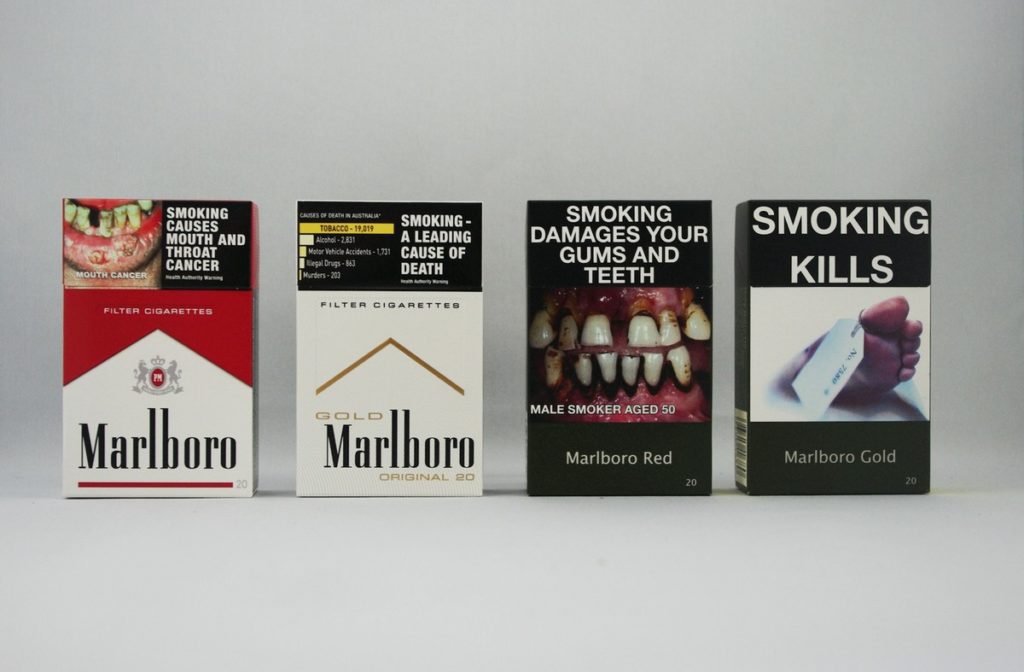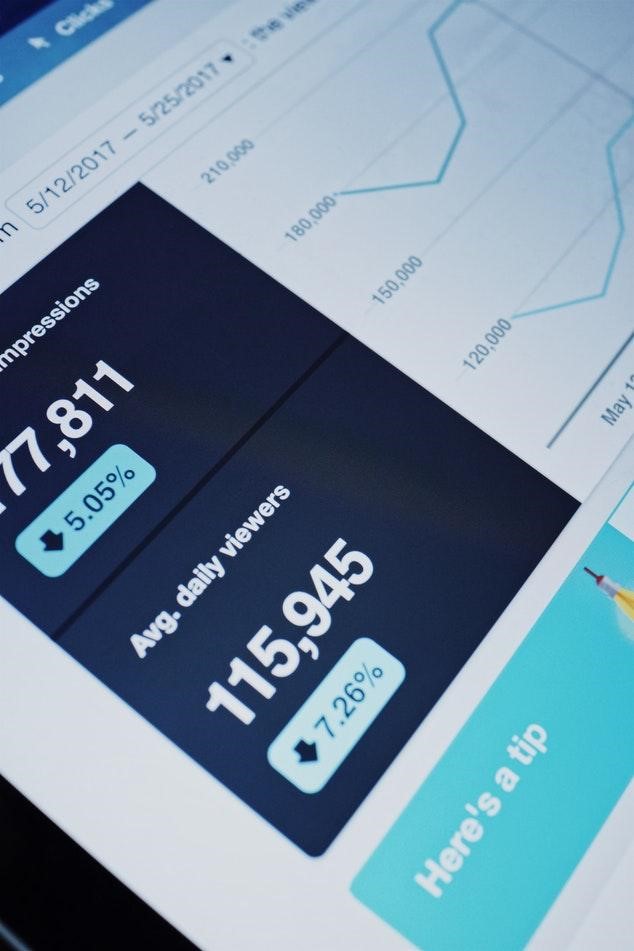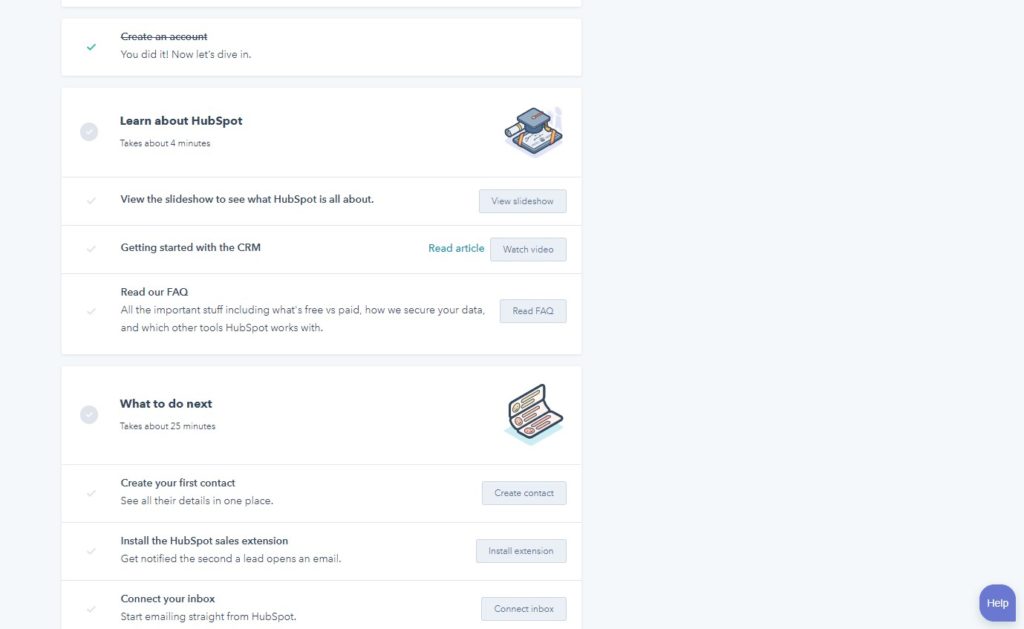By Aaron Chichioco
One of the biggest differences between marketing to businesses and marketing to consumers is the use of emotional factors instead of cold facts. In B2B marketing, the facts, figures, processes, and logic are at the forefront. In B2C marketing, on the other hand, the approach requires invoking an emotional response that’s designed to eventually lead to a purchase.
Emotionless businesses myth
There is a misconception that businesses don’t have emotions. However, it couldn’t be farther from the truth. While businesses are wired to make the buying process as efficient as possible, and base their decisions more on logic because of it, the reality is they’re still run by people who have emotions and feelings. Therefore, a good way to market your brand is by conveying relatable themes that are close to your customers’ emotions.
To effectively utilize emotion in your marketing strategy, here are some of the key principles you need to remember:
1. Tap into your emotional intelligence
Emotional Quotient or EQ pertains to your ability to understand and manage your emotions, and to do the same to others’ feelings. In marketing, this factor guides you in understanding why certain customers buy a particular product and how you can expect them, for example, to react to a certain ad. Here are some ways to use emotion in your marketing campaigns:
-
Happiness
Positivity is one of the best ways to capture your audience’s appeal. McDonald’s uses this by having a light-hearted personality, Ronald McDonald, as its brand persona. It also complements the character by releasing seasonal child-centric collectibles included in their Happy Meals. These come together to evoke emotional memories from both parents and children that they can carry with them for a long time.

(Image source: https://www.flickr.com/photos/z0/19631440999)
-
Sadness
A heart-warming emotion like sadness is important in moving the audience to feel. Dramatic undertones have been used by Thai advertisements, even for those that have no direct relation to product usage or application, as you can see in Pantene’s video about a deaf violinist.
Many of these videos were able to go viral and top social media trends due to its emotional relatability and honesty.
-
Fear
The emotion fear drives a person to avoid something. Governments like Australia have tapped the element of fear in their anti-smoking campaigns by mandating corporations to make use of packaging that shows various diseases caused by smoking. While its purpose is the direct opposite of marketing since they’re trying to discourage people from buying, it uses the same principle of invoking an emotion as its call to action.

(Image source: https://www.vox.com/2016/6/2/11818692/plain-packaging-policy-us-australia)
2. Strive for a psychology-driven marketing automation strategy
Most people regard marketing automation as an impersonal approach because of bots or artificial intelligence programs being non-human. Marketers utilize AI and marketing automation to transform customer experiences, as well as gather important data like the behavioral patterns of customers to intelligently predict their next move.
However, if you want to give your marketing automation strategy a boost, you ought to incorporate psychology into your strategy, which includes using behavioral data gathered to create unique messages that elicits emotional responses to get them to buy or perform a specific action.

(Image source: https://unsplash.com/photos/nJX74kn1yn4)
For example, if you run an ecommerce website and your analytics show an alarmingly high number of abandoned carts, you can create an automated popup with a call-to-action “Get 5% off your purchase when you complete your transaction now.” Since your customers have been established prone to abandoning carts, you can set this popup to appear when a user is trying to navigate away from his shopping cart.
Don’t forget to include automated functional testing as well to test its effectiveness.
3. Personalize customer engagement
Personalized marketing usually goes hand-in-hand with emotional marketing because its goal is to establish deep connections with your customers and potential clients. This includes:
- Providing personalized messages in live chat and other customer service channels. Hubspot has a small violet button where a chatbot usually is, which opens up into a sidebar for Hubspot Support that apologizes in advance for delayed responses.

(Screenshot from Hubspot.com)
- Continuously communicating with customers via email. AliExpress sends its users monthly or seasonal emails with products that link closely to their preferences, thus gaining patronage even from seasonal buyers.

(Screenshot from AliExpress email campaign)
- Inviting customers to events and sales like this Lantern Festival Sale that was sent by GOG.com during Chinese New Year.

(Screenshot from GOG.com email campaign)
Conclusion
One of the benefits of combining emotionally-driven messaging with automated marketing tools is discovering the many possibilities for an effective marketing strategy.
Find out how you can incorporate emotion marketing in your business plans and see your relationships with your customers blossom. What are your thoughts on emotion marketing? Sound off in the comments section.
Aaron Chichioco is the managing editor of designdoxa.com. He loves to write about online marketing, eCommerce and web design. He has a vast experience in overseeing daily operations of several online businesses since 2011. You can follow Aaron on twitter at @Aaron_Chichioco.
Emotion marketing stock photo by Gonzalo Aragon/Shutterstock







